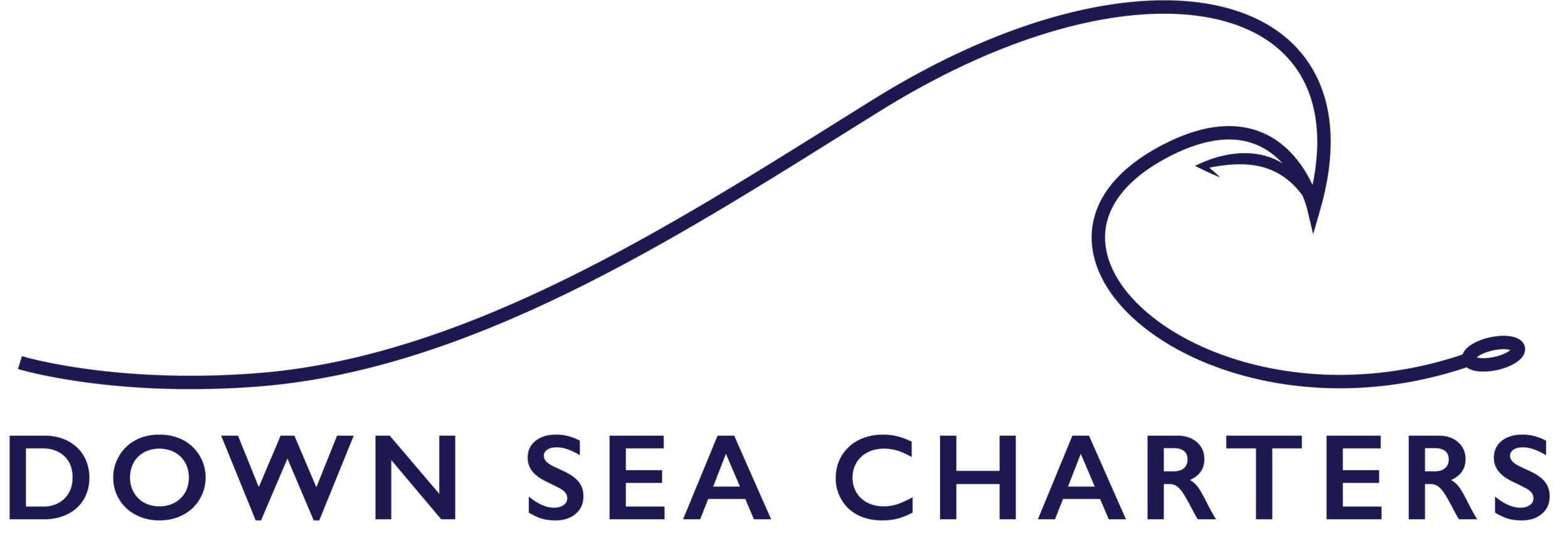The Treasure Coast
The Beauty of the Treasure Coast
The natural diversity of Florida’s Treasure Coast is a captivating blend of various ecosystems, showcasing a remarkable array of landscapes and wildlife. Our region is home to the Indian River Lagoon, one of the most biodiverse estuaries in North America. 156 mile long estuary is composed of three main bodies of water: the Banana River, the Indian River and the Mosquito Lagoon. The lagoon acts as the ocean’s cradle, functioning as a vital spawning and nursery area for numerous fish species such as the trout, tarpon, redfish and snook. The Indian River isn’t just a river—it’s an estuary and lagoon where freshwater from the mainland merges with saltwater from the ocean, creating a unique brackish water environment. The lagoon’s lower salinity provides a protective shield for juvenile fish, crabs, and shrimp, allowing them to grow amidst vibrant grasses and mangrove shorelines, sheltered from certain predators, until they reach maturity and transition back to the ocean.
Barrier islands like Hutchinson Island and Jupiter Island protect the mainland and serve as crucial habitats for nesting sea turtles, shorebirds, and dune vegetation.
Offshore, the Treasure Coast is adjacent to the northern part of the Florida Reef Tract, providing opportunities for diving and exploring coral reefs teeming with marine biodiversity.
Overall, the Treasure Coast’s natural diversity is a testament to its ecological significance and serves as a haven for numerous species, making it an appealing destination for nature enthusiasts and conservationists alike.
